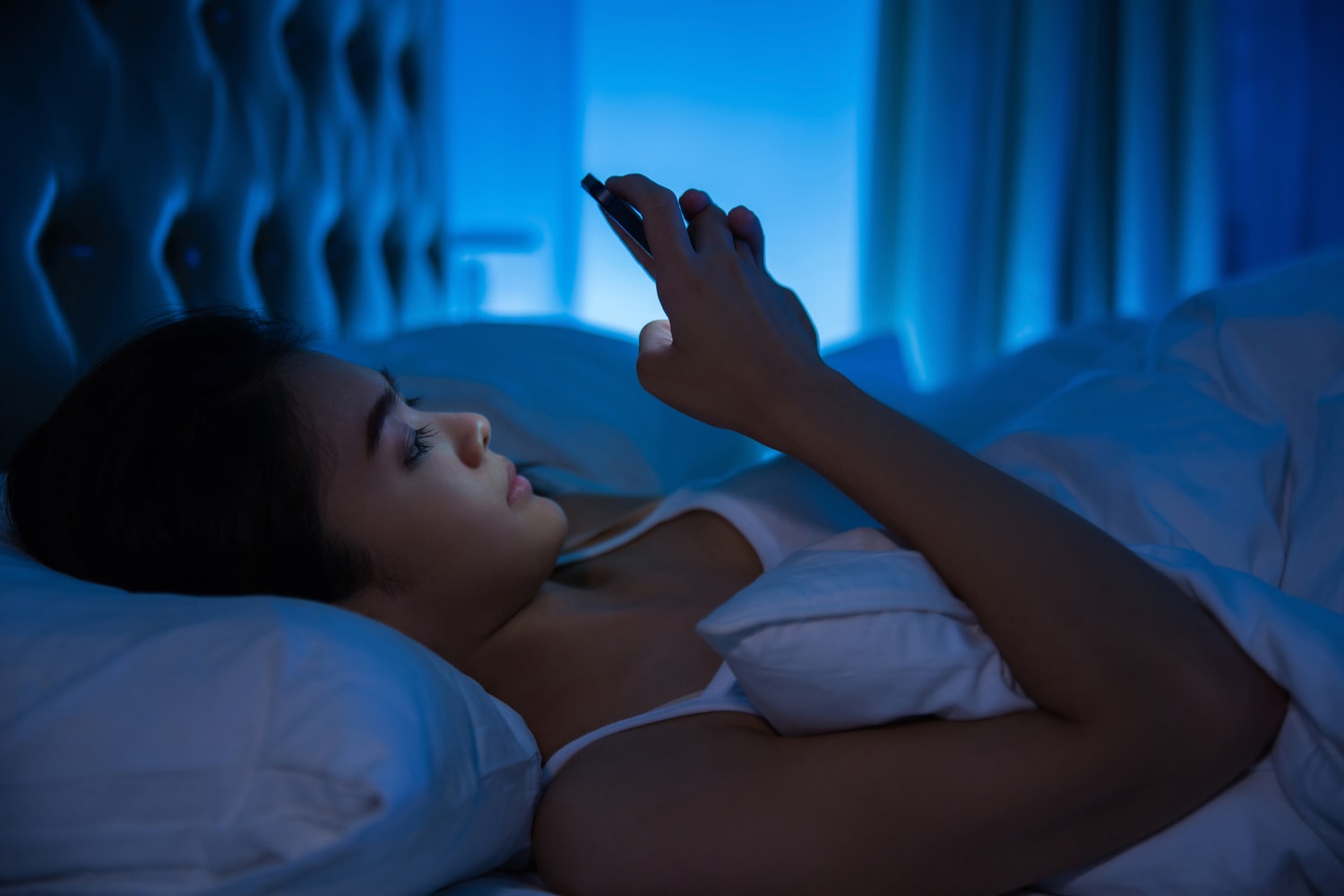The iOS and macOS feature that changes display color temperature to reduce blue light so as to promote good sleep might not work quite as well as hoped.
A new study by Brigham Young University suggests that the Night Shift feature, introduced in 2016, doesn’t make any noticeable difference to sleep patterns.
Testing Night Shift in action
In the study, 167 adults between the ages of 18 and 24 were asked to spend at least eight hours in bed each night, wearing an accelerometer that recorded information about their sleep activity. They also had their smartphone usage measured during this time. The researchers split participants into three groups. One group used their iPhones at night with Night Shift on. One used their phones without Night Shift. Members of the third group didn’t use their phones at all.
A press release about the research lays out the findings:
“After not finding significant differences in sleep outcomes across the three categories, the researchers split the sample into two separate groups: one which averaged about seven hours of sleep and another that slept less than six hours each night.
The group that got seven hours of sleep, which is closer to the recommended eight to nine hours a night, saw a slight difference in sleep quality based on phone usage. The individuals who did not use a phone before bed experienced superior sleep quality relative to both those with normal phone use and those using Night Shift.
Within the six-hour group, which had the least amount of sleep, there were no differences in sleep outcomes based on whether the participants used Night Shift or not.”
BYU psychology professor Chad Jensen said that, based on the research, “Night Shift is not superior to using your phone without Night Shift or even using no phone at all.”
This isn’t to say that there’s relationship between phone usage and sleep, of course. “Texting, scrolling and posting are also important factors that affect sleep outcomes,” the researchers said. These actions might ultimately prove more significant with regard to how well we sleep.
How effective is Night Shift really?
This isn’t the first time research has cast doubts on the effectiveness of Night Shift mode. A study published late 2019 also called the feature’s effectiveness into question. Apple itself doesn’t make specific claims about how much easier/harder Night Shift makes it to sleep.
According to Apple’s Night Shift support page:
“Studies have shown that exposure to bright blue light in the evening can affect your circadian rhythms and make it harder to fall asleep. Night Shift uses your computer’s clock and geolocation to determine when it’s sunset in your location. It then automatically shifts the colours in your display to the warmer end of the spectrum. In the morning, Night Shift returns the display to its regular settings.”
Have you noticed any impact from Night Shift usage when it comes to your own sleep? Let us know in the comments below.
Source: Brigham Young University


